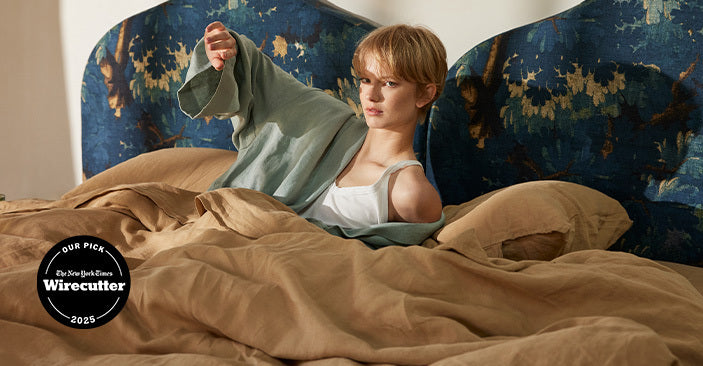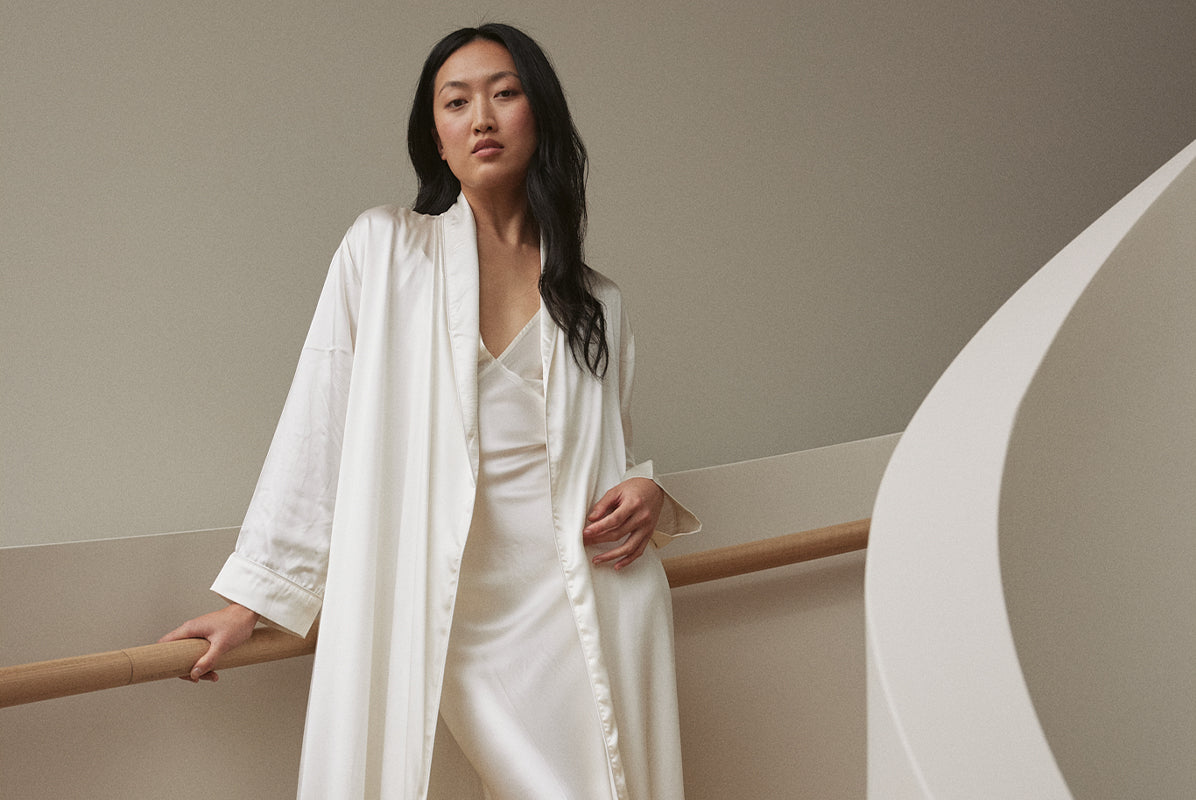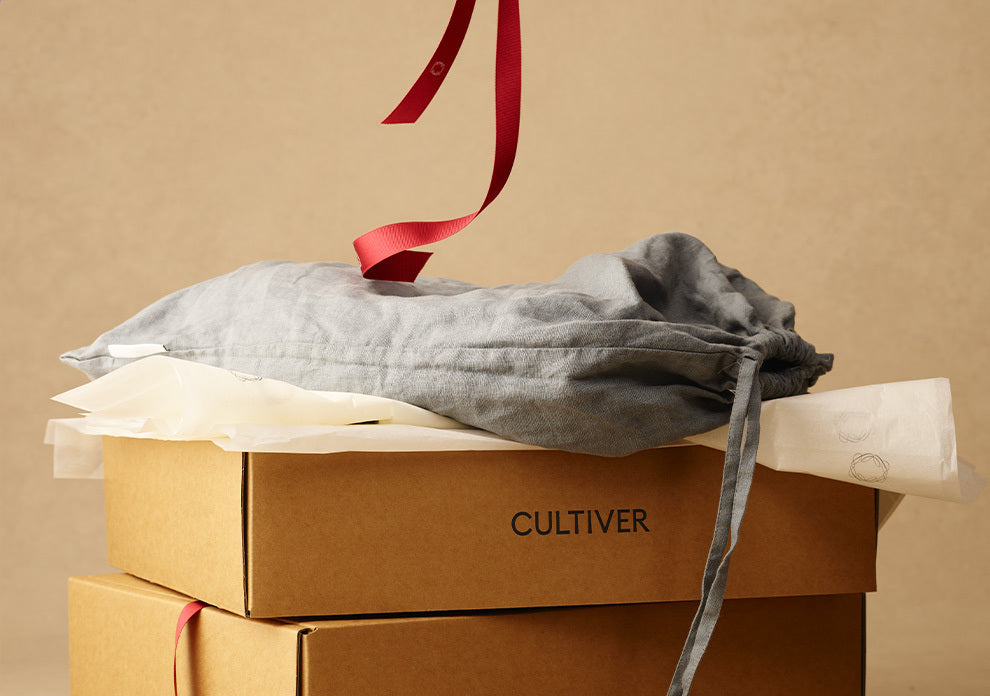What do the certifications mean?
All CULTIVER linen is certified 100% European Flax™, meaning its sourced from Western Europe, where ideal growing conditions produce the world’s finest fibers. This ensures environmental best practice has been adhered to, the crop has been cultivated without irrigation and is GMO free. It is also a guarantee of traceability for premium linen fibre grown in Western Europe.
All our pieces are OEKO-TEX® certified, and therefore healthy and safe, so an essential aspect of what we consider quality to be is assured. This certification ensures the manufacturer, and the products they produce, have been tested against a stringent global standard, and that there are no traces of over 100 substances commonly used during the production process which can be harmful to human health.
What is the thread count of linen?
Linen weight and quality is not measured in thread count, instead we measure GSM (grams per square meter), literally the weight of the fabric. Most linen bedding will sit between 140 and 220 GSM and as you would expect a higher GSM will indicate a thicker weight fabric. We’ve found the optimum GSM is 165, ideal for strong yet breathable linen.
















